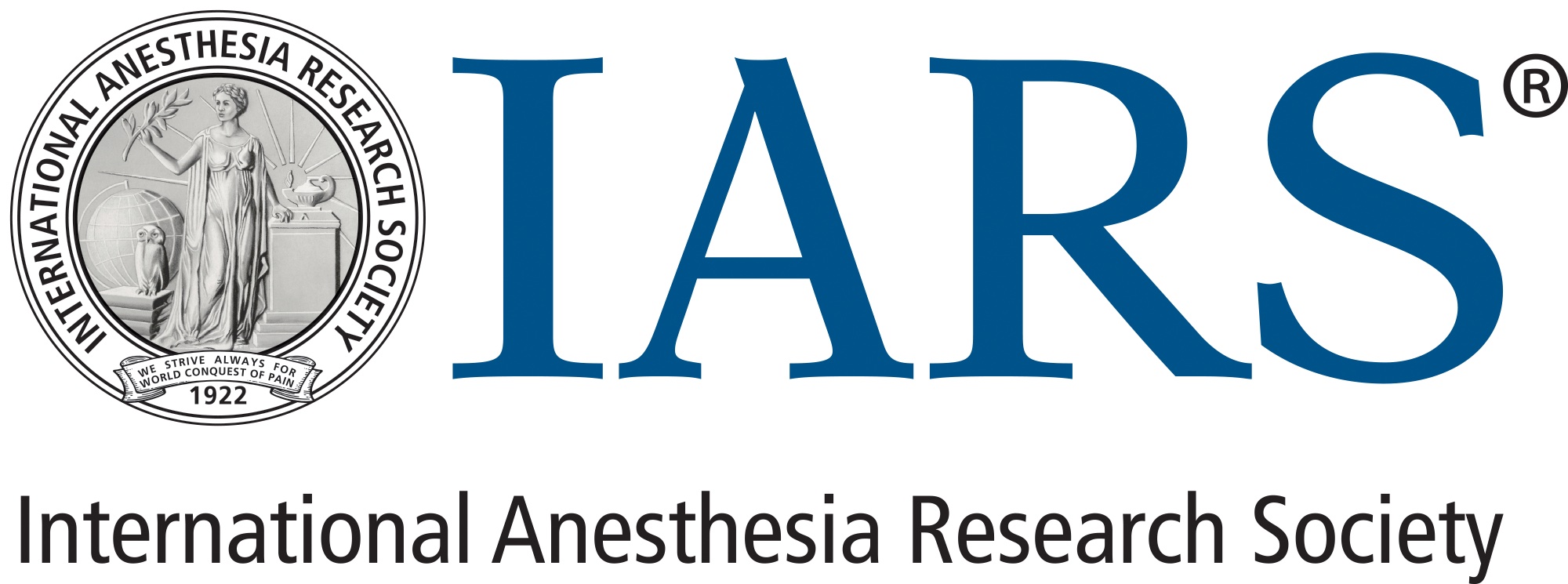Where Anesthesia and Philosophy Collide: Consciousness, Personhood, and the Role that Anesthetics May Play
Jordan Francke, MD, MPH
The 2025 Annual Meeting, presented by IARS and SOCCA, opened on Thursday evening in Honolulu, Hawaii with a riveting T.H. Seldon Memorial Lecture. The event was an opportunity to reflect on the past year’s scientific accomplishments, honor critical leadership, and engage in a unique plenary session on the intersection of anesthesia and consciousness.
Y.S. Prakash MD, PhD, the current IARS Board President and Associate Dean for Research at the Mayo Clinic, issued a warm (some might even say, “tropical”) welcome to the 1,200+ attendees from 350 institutions and 34 countries who are joining this year’s event. Dr. Prakash thanked the Immediate Past President, Dr. Beverly Orser, and provided her with a plaque for her service. Dr. Orser shared that serving on the IARS Board has been the “highlight of her career,” and is looking forward to her continued involvement.
Vivianne Tawfik, MD, PhD, Current IARS Board Vice President, Associate Professor of Anesthesiology and Pain Medicine and Director, Fellowship in Anesthesia Research & Medicine (FARM) program, at Stanford University, then introduced the audience to the namesake of the evening’s lecture. Throughout his illustrious career, Dr. Harry Seldon served in many important roles, including a physician leader at the Mayo Clinic, a well-regarded scientist with over 120 medical publications across his 40-year career, and a former editor-in-chief of Anesthesia & Analgesia. Dr. Seldon left an indelible impression on every colleague and mentee he touched, and felt with deep conviction that the importance of the tireless pursuit of answers to scientific inquiries could not be overstated.
Stephanie Blain-Moraes, PhD, Canada Research Chair in Consciousness and Personhood and Associate Professor at the School of Physical and Occupational Therapy at McGill University, then began her presentation to honor Dr. Seldon’s legacy. Dr. Blain-Moraes, who also leads the Biosignal Interaction and Personhood Technology (BIAPT) Lab at McGill, explored the role that anesthetics may play in unmasking the complexity of both consciousness and unconsciousness. The “first power of anesthesia,” she remarked, was anesthesia’s remarkable ability to render an individual unconscious and to eliminate the sensation of pain. This property revolutionized medicine, facilitating the successful completion of countless surgeries that had hitherto been considered impossible. However, Dr. Blain-Moraes also highlighted that Henry K. Beecher in 1947 proposed a second power of anesthesia which was to probe the mind and explore the concept of consciousness. Over the last hundred years, a multiplicity of drugs has been developed and utilized to cultivate conditions of an akinetic and unaware patient, and to the naked eye many of these patients appear identical. A vast body of research has been developed to explore the mechanisms of action and safety profiles of these drugs. However, a question remains: Is the unconsciousness of a patient anesthetized by a bolus of propofol the same as that of a patient sedated with sevoflurane, midazolam, ketamine, or thiopental? And conversely, can these drugs be used to explore and, perhaps, even reverse disorders of consciousness?
Much of Dr. Blain-Moraes’ work has focused on the anesthetized critically ill patient. She found herself fascinated by stories from the intensive care unit where patients who were considered in persistently vegetative states with presumed minimal awareness might occasionally “track” their partner around the room with their eyes, or even occasionally squeeze their hand when it is being held. Persistent vegetative states belong to a group of disorders referred to as “disorders of consciousness,” and also include “lucid dreaming,” “coma,” “minimally conscious state,” and “locked-in syndrome.” Studying how unconsciousness is rendered by various anesthetic drugs, and reversed upon discontinuation of them, might allow us to similarly reverse the unconsciousness in patients with the aforementioned conditions.
Utilizing 64-channel electroencephalogram (EEG) in both the operating room and the intensive care unit coupled with careful titration of anesthetic drugs, Dr. Blain-Moraes has been able to study the exact moments at which patients exit from a conscious state, and the exact moment when they return from unconsciousness. What one might expect is a characteristic slowing of the EEG as one’s consciousness fades, but Dr. Blain-Moraes has found that certain outlier patients’ EEGs actually exhibit increased complexity, particularly in the aperiodic component of the EEG, in response to anesthesia. Her current theory is that anesthesia serves as a “stress test” for the brain – most of our brains during wakefulness are teetering between a critical state of chaos and order, and anesthesia may push some into a state of subcritical catatonia and others into a state of supercritical hyperexcitation (e.g., a comatose patient with lucid dreaming or epileptiform activity). Dr. Blain-Moraes believes that further scientific exploration of criticality may be the key to unlocking therapies to reverse unconsciousness for those in persistent vegetative states, and charged those in the audience who find this intriguing to join her in the pursuit of answers.
International Anesthesia Research Society
